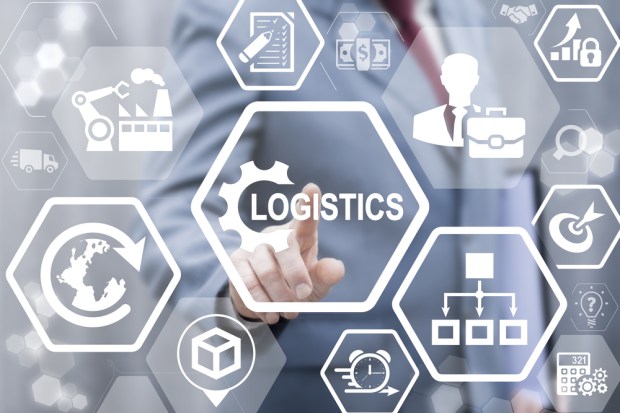Bringg Brings Competitive Edge In On-Demand Climate

The on-demand revolution is well under way, fueled by innovators like Amazon and Uber as well as the move to online and mobile channels. Consumers expect more than ever from their delivery experiences. To stay competitive, consumer-facing companies need to change the way they operate, said Lior Sion, cofounder and CTO of global enterprise logistics management solutions provider Bringg.
The idea for Bringg began back in 2010 during the on-demand and logistics revolution as it happened, Sion said. At the time, he worked as CTO at Gett, the ride-share competitor to Uber in Europe.
“Everything was centered around improving customer experience,” Sion said. “The same question came up over and over: Why wasn’t this happening everywhere — with pizza delivery, the cable guy, with doctors, with dry cleaning, etc.?”
Sion and cofounder Raanan Cohen saw a need to provide tools for other companies to match the on-demand logistics capabilities standards set by Amazon and Uber.
Enter Bringg. Founded in 2013, Bringg’s platform enables enterprises and third-party logistics providers to manage on-demand and last-mile deliveries in over 50 countries worldwide.
“We see ourselves as an operating system for deliveries,” Sion said, “a system that solves for everything. Companies can take the OS and use it in any way that they want.”
In a nutshell, Bringg’s platform is a layer that connects to a company’s existing systems. From there, the client builds over Bringg’s layer to accommodate their needs.
Each company’s use case is different. Bringg’s system was built to be customizable and modular, so companies can uniquely adjust the system for however they want to manage their logistics operations. Different segments use it for B2B, for B2C, to create on-demand ordering capabilities, to facilitate next-day delivery and more, said Sion.
Sion gave a simple B2C example: pizza delivery. In this use case, Bringg’s platform provides the restaurant with the ability to design and manage the consumer-facing experience — like order preparation and delivery tracking or a driver rating system — as well as the tools to manage and optimize logistics on the back end, like notifying drivers of orders and managing order assignments.
“We are not an opinionated system,” Sion noted. “That’s part of the magic. We are not a technology company that tells others how to work and operate their own logistics. They tell us, and they don’t have to build anything from the ground up.”
This allows for rapid implementation of logistics services. Bringg’s customers can begin with commercial logistics deployment models designed by Bringg to get the system up and running in two or three weeks, Sion said. As time goes on, the company can take more control and customize the deployment models and other features to meet their needs.
Additionally, if a company isn’t interested in utilizing the full extent of Bringg’s module, Sion said, they implement their own app using Bringg’s engine via SDK.
Recently, Bringg raised $10 million in Series B funding led by Aleph Venture Capital with participation from Coca-Cola and previous investor Pereg Ventures. To date, Bringg has raised $19 million in three funding rounds.
Bringg will put the latest investment toward improving their platform in a number of ways. First, the company looks to use the latest funding round to fuel growth in current and new markets. Bringg is well-represented in the U.S. and Asia, Sion said, with growth in European and South American markets.
Additionally, Bringg will put the funds toward growing the number data points along the logistics chain the platform touches.
“Scheduling, rescheduling, failed deliveries, driver stuck in traffic, ETA, timing — we want to cover everything to become a complete one-stop solution for businesses,” Sion said. “We are also working to cover the entire last mile — delivery as well as pickups.”
As Bringg covers the entirety of the logistics flow and supply chain and collects the accompanying data, the goal, said Sion, is to allow for more automation and digitization of the entire process.
